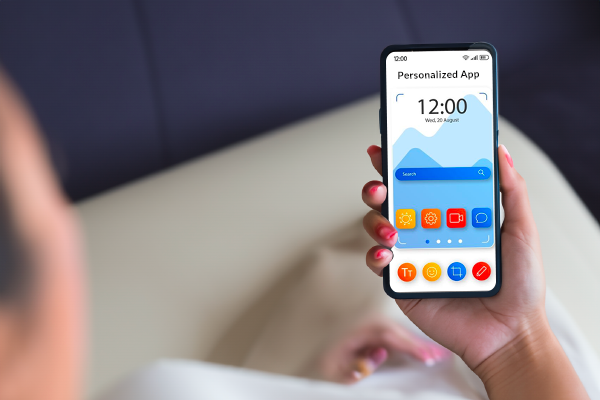Communication is a fundamental aspect of human connection and expression, yet for individuals with seizure disabilities, challenges in verbal communication can present significant barriers. The advent of assistive technology has ushered in a new era of possibilities, offering an array of communication aids designed to empower those facing seizure-related communication challenges. In this blog post, we’ll explore the diverse landscape of assistive technology communication aids, highlighting their transformative impact on the lives of individuals with seizure disabilities.
Understanding the Communication Challenges
Seizure disabilities, such as epilepsy, can manifest in various ways, including disruptions in speech and communication. These challenges can be especially daunting, impacting an individual’s ability to express thoughts, needs, and emotions effectively. Assistive technology communication aids serve as invaluable tools to bridge these communication gaps, providing alternative means for individuals to connect with the world around them.
Key Assistive Technology Communication Aids
- Augmentative and Alternative Communication (AAC) Devices
- AAC devices offer a range of solutions, from speech-generating devices to communication boards and software applications. These tools empower individuals to convey messages by selecting symbols or words on the device, facilitating both written and spoken communication.
- Text-to-Speech Apps
- Text-to-speech apps leverage advanced algorithms to convert typed or written text into spoken words. These apps, often available on smartphones and tablets, provide a portable and customizable communication solution for individuals with seizure disabilities.
- Communication Apps with Symbol Support
- Symbol-based communication apps enhance accessibility by incorporating visual symbols. Customizable layouts and symbols cater to individual preferences, providing a more intuitive and personalized communication experience.
- Eye-Tracking Communication Systems:
- Eye-tracking technology opens new avenues for communication by allowing users to control interfaces using eye movements. Particularly beneficial for those with limited motor function, these systems interpret eye movements for text selection, typing, and navigation.
- Gesture-Based Communication Tools
- Gesture-based communication tools harness hand or body movements to convey messages. By translating gestures into spoken or written words, these tools offer an innovative and interactive means of expression.
- Communication Apps with Prediction and Word Completion
- Apps incorporating prediction and word completion features streamline the communication process. By suggesting words or phrases as users type, these aids enhance efficiency, making communication more accessible for individuals with seizure disabilities.
- Portable Voice Amplifiers
- Portable voice amplifiers empower individuals to enhance the volume and clarity of their speech. Compact and wearable, these devices offer a practical solution for those who may face challenges with vocal projection.
- Customizable Communication Boards
- Physical communication boards with detachable symbols or pictures provide a tangible and customizable communication aid. These boards can be tailored to include symbols that resonate with the individual’s unique preferences and needs.
The Impact on Independence and Well-being
The implementation of assistive technology communication aids goes beyond facilitating communication; it directly contributes to the independence, self-expression, and overall well-being of individuals with seizure disabilities. By providing alternative means of communication, these aids empower individuals to engage more fully in social interactions, academic pursuits, and daily activities.
Assistive technology communication aids are transformative tools that break down communication barriers for individuals with seizure disabilities. By embracing these innovations, we not only enable effective communication but also cultivate a more inclusive and supportive environment. As technology continues to advance, the potential for further breakthroughs in assistive communication devices promises a future where the voices of individuals with seizure disabilities can be heard, understood, and celebrated. Let us champion these technologies and work toward a world where communication is truly accessible to all.
What is next?
In our next installment, we will delve into Inclusive Educational Assistive Technology and Employment Opportunities for Seizure disabilities.
For more information on why accessibility is important in general, you can check out my previous blog post here.
For further information on how In our next installment, we’ll explore the importance of captions for individuals with hearing disabilities and delve into how we can promote digital products using captions with semantic markup to enhance accessibility for those with hearing impairments.to make your product accessible to your audience, contact our experienced design experts, check out our Accessibility IQ for your website, download our guide Digitally Accessible Experiences: Why It Matters and How to Create Them, and read more from our UX for Accessible Design series.


